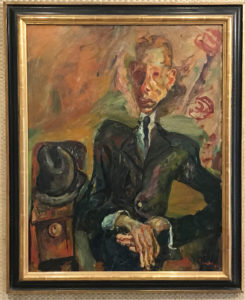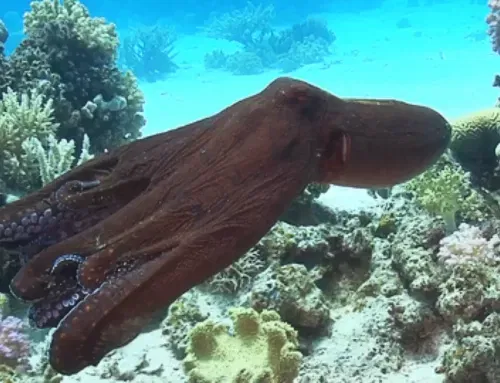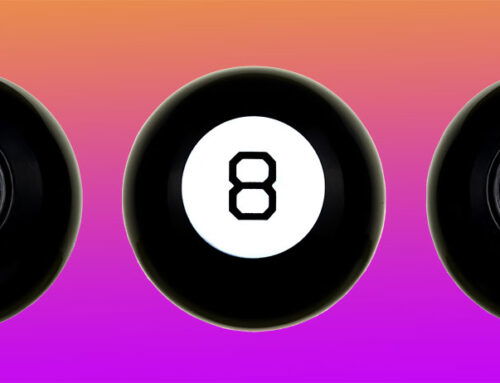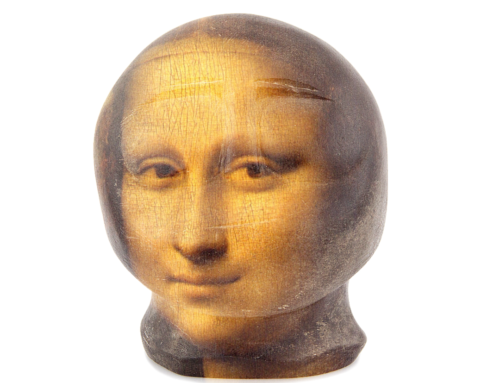Although I marvel at creative technical achievements – a paper clip, a computer, an airplane – and appreciate how multitudes, including me, benefit from them, I am more personally drawn to creative arts – visual, written, musical – which are directed to individuals rather than groups, such as ill patients, or the population in general.
Art – a painting, a sculpture, a musical composition – will not appeal equally to everyone. A particular piece of art, perhaps a particular photograph by Mapplethorpe, may be unappreciated or found offensive by a few, as may be the case for all the works of some artists, such as minimalists for example. An American flag painted by Jasper Johns will fascinate some, but leave others unimpressed; the narrator’s unrequited love in Dostoyevsky’s White Nights may break one reader’s heart (it does mine), but not affect Casanova’s; or a composition by Debussy may evoke impressionistic images in one music lover, but be boring to another (I confess, Debussy leaves me flat). In contrast to scientific technical achievements, then, which benefit everyone, creative artistic expressions may (or may not) appeal selectively. Creativity of art flourishes in the private domain so to speak, despite how many individuals are affected.

Jolie Garcon, by Chaim Soutine
Recently, a NY Times article reported on the high prices received in auction for love letters, arguably the most private form of writing and certainly can be considered an art form. Love letters from famous men are especially coveted (for example, $62,500 for a love letter from Joe DiMaggio to Marilyn Monroe), not only because they are celebrities, but because the private nature of the letters reveal the human, secretive and vulnerable sides of supposedly strong men behind professional veneers.
In an earlier blog I speculated that bonding between artist and viewer was one of the powers of art that required authenticity. Now I add privacy – the awakening of the viewer’s personal emotions or experiences beneath the intellectual message – as a crucial enhancer of art’s impact. If I’m moved to tears when Aida and Radamès bid farewell to life in their romantic duet while being buried alive as their tomb is enclosed, it’s not only Verdi’s skillful score, or the opera singers’ artistry, or the lovers’ sad fate that move me, no, it’s a nostalgic, sentimental, indefinable, part of me that has been reached, a nook so private that despite my efforts and desire, I cannot communicate it exactly to anyone else. The impact is trapped in me as Aida and Radamès are trapped in their tomb of death. It’s the “show, don’t tell” cliché for writing – it’s tapping the essential loneliness and vulnerability of being human. Creative art at its zenith slips into our private corners, where it performs its magic.
And then there is touch – the tactile nature of art – a vital, personal aspect of sculpture. When I show a visitor my Inuit sculpture collection, there’s always an initial, “Wow!” when they enter the room. Very few have ever seen a collection of Inuit art, and even fewer know anything about Inuit art, except as souvenir art, perhaps a dancing bear bought at the airport to remember a vacation in Canada. But as surprised as they may be to see the art, the true appreciation comes when I hand them a carving, let them feel the weight, caress the patina, turn the piece one way then another to understand the complexity and details of the work. The blind Helen Keller praised touch as the most personal and meaningful of the senses. Admiring sculpture from a distance in a museum is quite different from handling the work, becoming part of it, joining the artist who made the piece. Even for my mother’s sculptures I watched being produced, feeling it gives me a deeper connection with the work. Touching erases distance between art and viewer, and makes the work an extension of oneself. It changes everything.
Scott Fitzgerald said (or so I’ve heard) that readers read their own story in a novel, not just the author’s story. I don’t know how widespread that is, but I know it has happened to me both as a reader and a writer. For example, I’ve always had a weakness for Don Quixote, not because of his charging windmills in a suit of armor among his many other forms of creative adventures, but because I imagine my own futile dreams of triumph and eccentric thoughts that makes the book personal and adds a private element to my identity. A seventy-something, semi-retired scientist who read my novel, Jellyfish Have Eyes, told me in earnest that the novel’s protagonist, a scientist in his seventies, should have known better than to continue working when his productive days were over. What? This had nothing to do with the novel’s protagonist, who was as sharp as ever, or with my intentions as the author. Fiction becomes malleable when it invades the privacy of the reader’s mind and becomes personal.
Finally, there’s another personal aspect of art related to ownership that develops over time. Chaim Soutine’s painting, The Man in the Felt Hat, provides an example for me. Captivated by Soutine’s bold artistic expression, my father bought the painting while on concert tour in Europe in the late 1940s or early 1950s, well before Soutine was a known artist. My father called the man in Soutine’s portrait Jolie Garçon – pretty boy. Although Jolie Garçon has been identified as Frank Burty Haviland, I still think of him as Jolie Garçon. The proud dandy sits on a chair with crossed hands and legs, his hat prominently displayed on a small table to his right. The poorly aligned eyes, orange hair, scrawny neck pinched by a neatly knotted tie, sloping shoulders and dangling fingers extending from his right hand, are painted on a background dancing with vivid colors. I imagine the painting as a tug of war between what Soutine saw and what he must have felt painting him – but only Soutine knows what that was. Soutine’s passion remains as private as my father’s feelings personal when he acquired the painting.
I remember when my father removed the painting from the suitcase filled with dirty laundry on his return from concert tour. I was about ten years old. He carefully unrolled the canvas.
“Do you like it?” he asked me.
I said an unconvincing, “Yes.” It was too much for me to comprehend at my tender age and too scary to say so.
In that transitory moment I believe the gap narrowed between Jolie Garçon and my father: he was showing me his adopted child, who later became my surrogate brother, or cousin. Jolie Garçon spoke to my father, who listened as he slipped into his version of Soutine’s emotions. Selling Jolie Garçon would be abandoning kin.
Various art pieces I lived with for years greet me as loyal friends turned family when I visit my children’s homes, where they now reside. It’s the whisper of private voices that moves the art from the mind to the heart.






I am amazed that you have given some of your beloved art to your sons. Perhaps it is me, but now that I am alone in my house, I cannot give those paintings away. The kids can wait until I die; the paintings keep me good company, each with its own story. A couple should go to museums, and we have agreed on which goes where.
I admit that i, too, find Debussy rather vacuous, though his music leaves some breathless. I wonder at this difference in comprehension. Something else to contemplate.